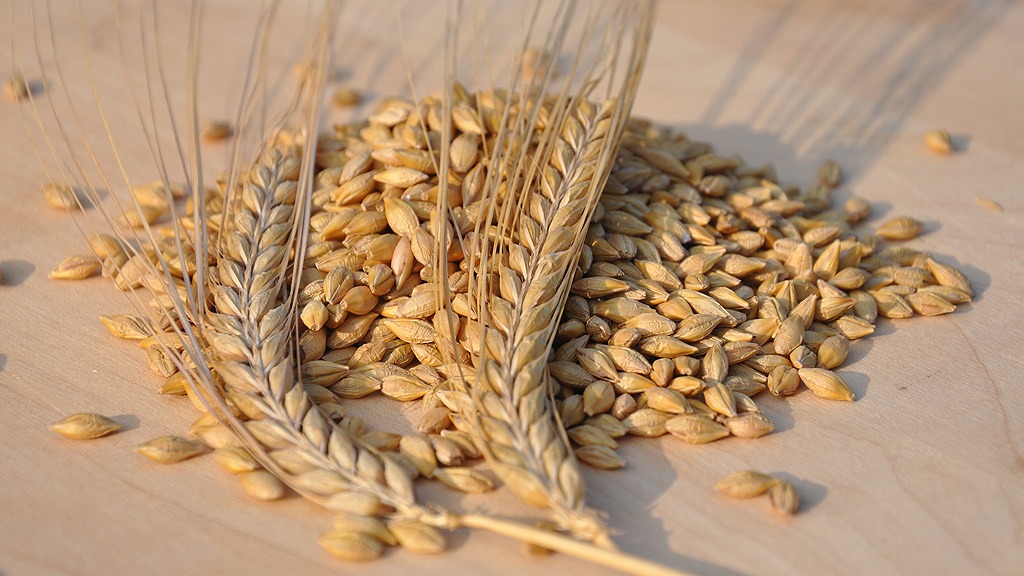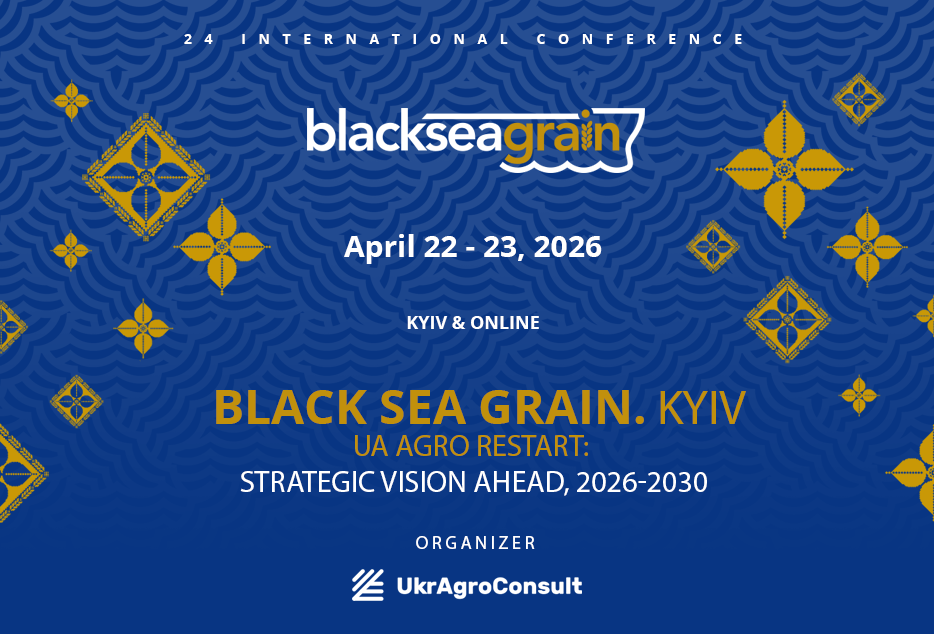Saudi Arabia’s interest in feed barley imports wanes

Saudi Arabia is an important player in the feed barley market, but with the wider availability of alternative feeds at competitive prices, demand for feed barley is declining. In addition, a domestic ban on alfalfa, which has been a key ingredient in feed mixes with feed barley, is coming. Corn is benefiting from all of this.
On projected trends in the feed barley market, Grain Brokers Australia analyst Peter McMeekin writes: “Saudi Arabia’s appetite for feed barley is clearly waning despite a lack of domestic production. The January USDA World Supply and Demand Report recorded imports of just 2.2 million tons in the 2024/25 marketing year, down from 2.6 million tons in 2023/24; 3.1 million tons in 2022/23; 6.1 million tons in 2020/21 and 10.4 million tons in 2015/16. Some experts attribute the sharp fall in barley imports in recent years to the lack of Australian feed barley on the market following a tidal wave of demand from China following the removal of duties.
According to Saudi Arabian customs data, Russia supplied 74 percent of all barley imports in the 2023/24 marketing year, followed by Australia with 10 percent (all June 2023 shipments from Australia were due to arrive in July), the European Union with 9 percent and Ukraine with 7 percent. Australia’s share of the Saudi Arabian feed barley market was about 53 percent in 2022/23 and was over 63 percent in 2021/22.
The year-on-year decline is due to supply chain disruptions, primarily in the Red Sea, but the longer-term decline reflects the growth of the domestic livestock feed processing sector, which is encouraging farmers to use locally processed animal rations, which are reportedly more cost-effective than imported barley.
Farmers in Saudi Arabia have traditionally mixed feed barley with alfalfa hay to feed livestock, but domestic hay prices are gradually rising, making the feed mix more expensive than processed livestock feed. Moreover, the barley and alfalfa mix will become even more expensive when local alfalfa production ceases in 2027.
Growing demand for locally processed animal diets has reduced the use of feed barley in the domestic market. Locally produced corn is used as the main ingredient for livestock feed, which has significantly increased demand over the past two years. Consequently, corn imports are on an upward trajectory, with analysts forecasting 4.6 million tons in 2024/25, down from 5 million tons in 2023/24 due to higher shipments, but well above the five-year average.
Imported corn is mainly used for livestock feed rations, but about 240,000 metric tons is used in the production of food ingredients such as starch and sweeteners. Domestically grown corn, which is about 110,000 metric tons, is consumed as corn on the cob or ground into flour in small local mills.
According to the U.S. Department of Agriculture’s Foreign Agricultural Service office in Riyadh, local farmers have been informed of the cost-saving benefits of processed livestock feed and are ready to make the switch. About 30 percent of raw barley fed to livestock is excreted without digestion, offering no nutritional or weight gain benefits.
Arabian Agricultural Services Company (ARASCO), the largest producer of animal feed in Saudi Arabia, reports that one kilogram of produced cattle feed, called wafi, is equal to 1.5 kilograms of raw feed barley. It also provides higher nutritional value, resulting in faster weight gain compared to feed barley. ARASCO markets wafi as a complete animal diet consisting of cereals, wheat bran, soybean meal, molasses, alfalfa, minerals and vitamins. The company uses the most competitively priced feed wheat, feed barley, sorghum or corn to produce wafi.
While the barley distribution network throughout Saudi Arabia is extensive and well established, the processed feed sector is growing rapidly with new builds and increased capacity at existing facilities, and the same has happened with the distribution arc from each of the regional feed mills. With the wider availability of alternative feeds at competitive prices, demand for feed barley is decreasing.
Late last year, the Saudi government announced a three-year plan to phase out domestic green feed production by 2027 as part of water conservation efforts. Ending domestic alfalfa hay production is expected to further reduce the competitiveness of imported hay and barley mixtures compared to processed animal diets.
If this plan is implemented, demand for processed animal feed and therefore imported corn should increase significantly after 2027. The demand for imported feed barley is likely to decrease accordingly in the absence of significant and sustained changes in the selling price ratios of the two imported grains.
The Saudi Ministry of Environment, Water and Agriculture wants feed barley to be imported only for use as an ingredient in the domestic livestock feed processing sector when prices are competitive, rather than fed unprocessed to livestock. This means that barley imports from Saudi Arabia are likely to continue to fall and will only be used as an ingredient in livestock feed rations when this will dictate the cost compared to feed grain alternatives.”
For almost 30 years of expertise in the agri markets, UkrAgroConsult has accumulated an extensive database, which became the basis of the platform AgriSupp.
It is a multi-functional online platform with market intelligence for grains and oilseeds that enables to get access to daily operational information on the Black Sea & Danube markets, analytical reports, historical data.
You are welcome to get a 7-day free demo access!!!
Write to us
Our manager will contact you soon



